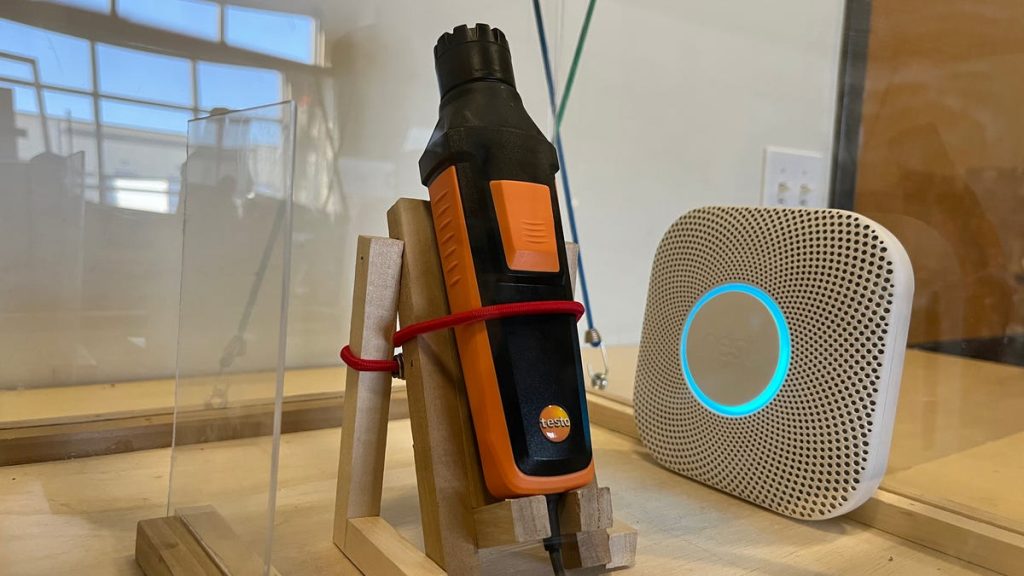In order to test the effectiveness of various carbon monoxide detectors, a lab test rig was set up to measure the response time of each unit to different concentrations of carbon monoxide, specifically at 250 ppm and 400 ppm. The goal was to determine how well each detector could detect potentially hazardous levels of carbon monoxide. In addition to response time, other factors such as features, performance, and cost-efficiency were also taken into account to determine the overall winner. The importance of having carbon monoxide detectors installed on every floor of a home was emphasized, as they can be life-saving in detecting the presence of this dangerous gas.
The lab test rig was described as one of the most dangerous tests conducted, due to the deadly nature of carbon monoxide exposure. To ensure the safety of laboratory staff, a custom-built carbon monoxide detector test station was constructed. The components of the test station included a carbon monoxide detector chamber made of wood, plexiglass, silicon, tape, and finish nails, a carbon monoxide tank with gas flow regulator containing carbon monoxide at 2,500 ppm, and a balance of air. The Testo 300 with carbon monoxide Ambient sensor served as the control device for the experiment, along with two portable carbon monoxide gas alarms.
The test chamber housed two carbon monoxide detectors, including the CO Ambient sensor portion of the Testo 300 and the unit under test (UUT), which represented each carbon monoxide detector being tested. The chamber was sealed with foam but not air-tight, to prevent the buildup of carbon monoxide. A gas flow regulator was installed on the tank to maintain consistent pressure, and portable carbon monoxide detectors were used to monitor for leaks and ensure safety. The experiment was conducted with strict safety measures in place, including the use of respirator suits, ventilation, and constant monitoring of the gas levels to prevent exposure to the dangerous gas.
The process involved feeding the gas mixture into the chamber and monitoring the carbon monoxide concentration using the Testo. Once the concentration reached 250 ppm or 400 ppm, the gas flow was stopped and a timer was started to assess how long it took for the carbon monoxide detectors to react to the conditions. Safety precautions were taken to limit exposure and ensure repeatable results. The results of the test were summarized in an interactive graph, showing the response time of each carbon monoxide detector to varying concentrations of the gas. Overall, the importance of having reliable carbon monoxide detectors in the home to protect against this silent and deadly threat was emphasized.


